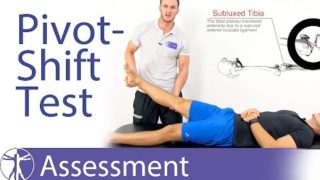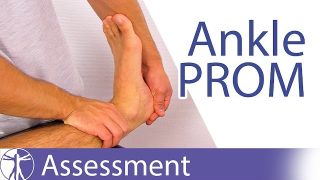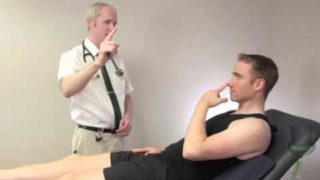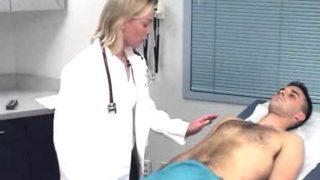True or Pseudo Frozen Shoulder? | Adhesive Capsulitis Diagnosis
A simple test can help you correctly identifying true from pseudo frozen shoulder aka. adhesive capsulitis.
🚨 HELP TRANSLATE THIS VIDEO 🚨
If you liked this video, help people in other countries enjoy it too by creating subtitles for it. Spread the love and impact. Here is how to do it: https://youtu.be/b9cKgwnFIAw
👉🏼 SUPPORT US 😊 : http://bit.ly/SPPRTPT 👈🏼
ARTICLES:
Hollmann et al. (2015): http://www.physiotherapyjournal.com/article/S0031-9406(15)03442-2/abstract
Carbone et al. (2010): https://www.ncbi.nlm.nih.gov/pmc/articles/PMC2899298/
Visit our Website: http://bit.ly/web_PT
Like us on Facebook: http://bit.ly/like_PT
Follow on Instagram: http://bit.ly/IG_PT
Follow on Twitter: http://bit.ly/Tweet_PT
Snapchat: http://bit.ly/Snap_PT
True or Pseudo Frozen Shoulder? | Adhesive Capsulitis Diagnosis
Other Videos You Might Like:
Subscribe
Login
17 Comments
Newest




